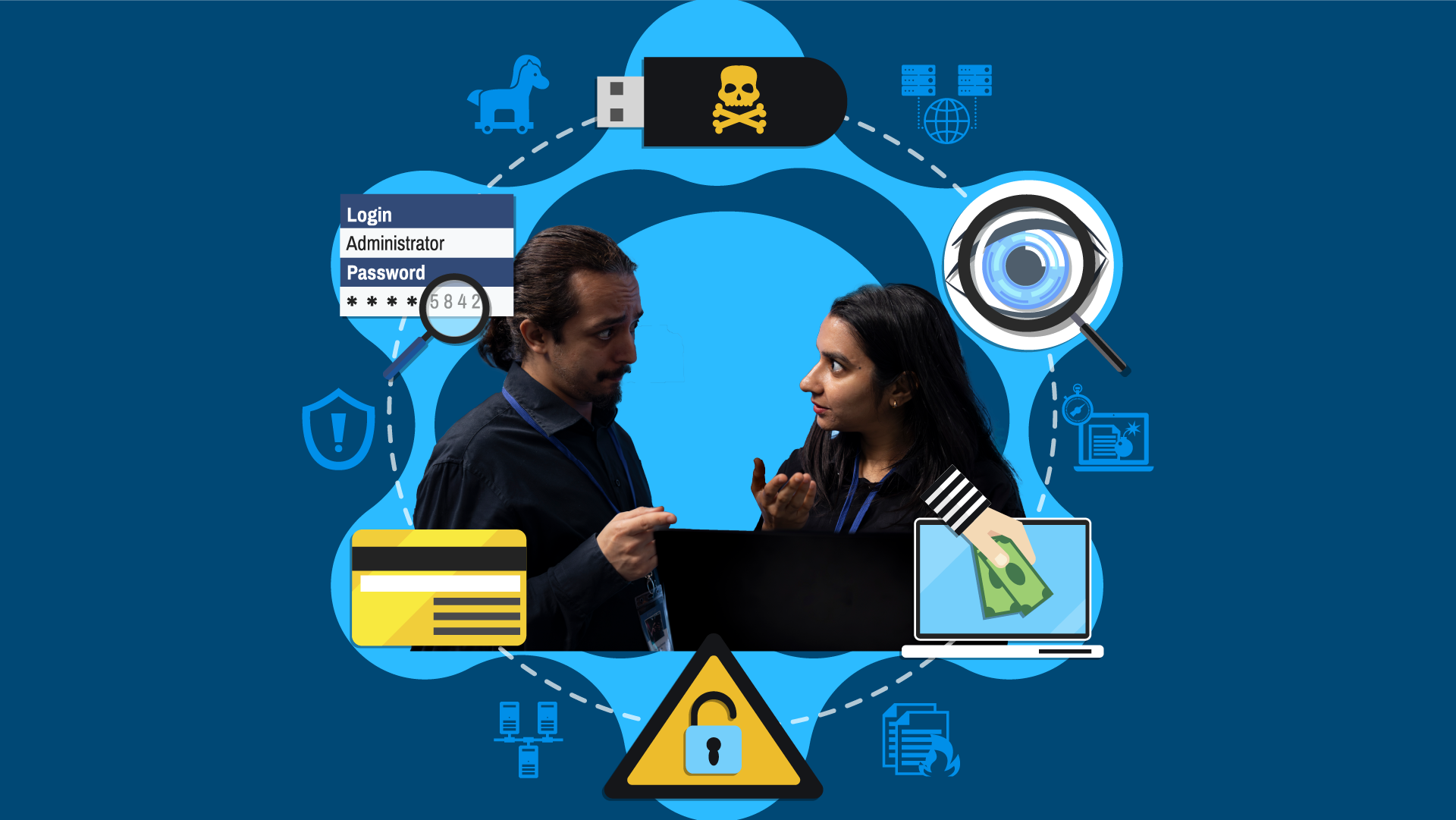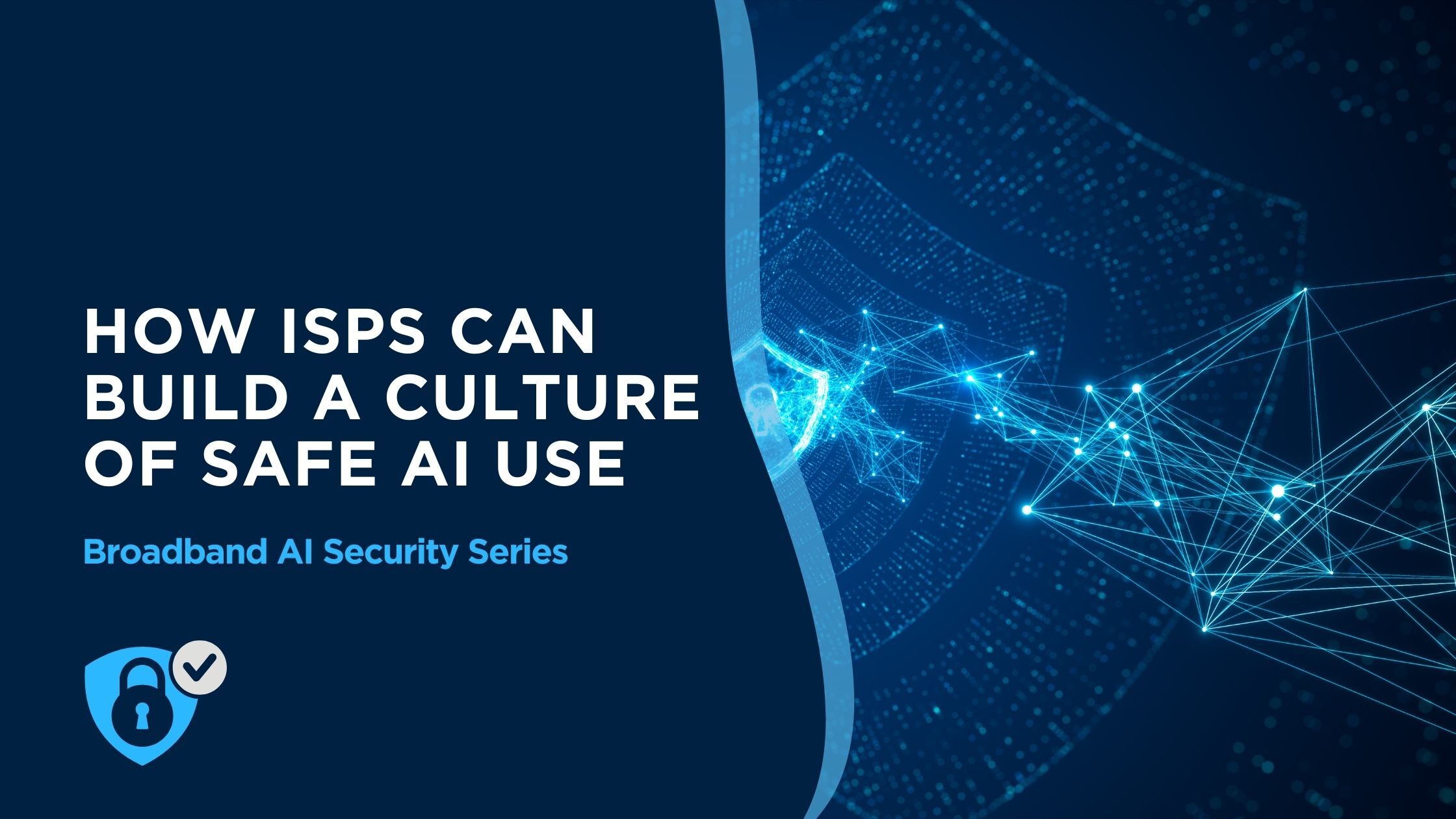2 min read
Building a Fortress: Robust Network Infrastructure for ISPs
In the world of cybersecurity, your network infrastructure is your castle, and a well-built one is essential for protecting your kingdom of data...
2 min read
 Dawn Rorick
:
Jun 27, 2024
Dawn Rorick
:
Jun 27, 2024

In the ongoing battle against cyber threats, the ability to detect and respond to threats early can mean the difference between a minor inconvenience and a catastrophic event. For Internet Service Providers (ISPs), proactive threat monitoring and incident response are not just buzzwords but critical components of a robust security strategy. Think of them as your network’s early warning system, designed to identify and neutralize threats before they can cause significant damage.
In the cybersecurity world, there’s no such thing as “set it and forget it.” Cyber threats are constantly evolving, and attackers are always on the lookout for new vulnerabilities. That’s why continuous monitoring is essential. It involves constantly analyzing network traffic, logs, and system activity for any signs of unusual or suspicious behavior. This can include detecting unauthorized access attempts, unusual data transfers, or even changes in network performance that might indicate a DDoS attack in progress.
SIEM systems are the central nervous system of your threat monitoring infrastructure. They collect and analyze log data from various sources, including firewalls, intrusion detection systems, and servers, to create a comprehensive picture of your network’s security posture. By correlating data from different sources, SIEM systems can identify patterns of malicious activity that might otherwise go unnoticed. They can also generate real-time alerts, allowing your security team to respond quickly to potential threats.
Threat intelligence is like having a crystal ball that gives you a glimpse into the future of cyber threats. It involves gathering and analyzing information about emerging threats, attack patterns, and vulnerabilities. By leveraging threat intelligence feeds you can stay ahead of the curve, anticipate potential attacks, and proactively strengthen your defenses. Think of it as knowing your enemy’s playbook before they even step onto the field.
Even with the best defenses, no network is impenetrable. That’s why having well-defined incident response protocols is crucial. Your Incident Response Plan (IRP) should outline the steps to be taken in the event of a security breach, from initial detection and containment to eradication, recovery, and post-incident analysis. By having a clear and practiced plan you can minimize the impact of a security incident and ensure a swift and coordinated response.
Just like a fire drill prepares you for a real fire, cybersecurity training and drills prepare your staff for a cyberattack. Regular training sessions should educate employees about the latest threats, social engineering tactics, and the importance of following security protocols. Simulated exercises can help your team practice their response to different scenarios, ensuring that they’re ready to act decisively and effectively when a real incident occurs.


2 min read
In the world of cybersecurity, your network infrastructure is your castle, and a well-built one is essential for protecting your kingdom of data...

There is a common belief that security and innovation are at odds. The concern is that if you introduce too many rules, people will avoid using AI...

Artificial intelligence is becoming part of daily life for broadband providers. It supports ticket triage, summarizes documentation, and helps teams...